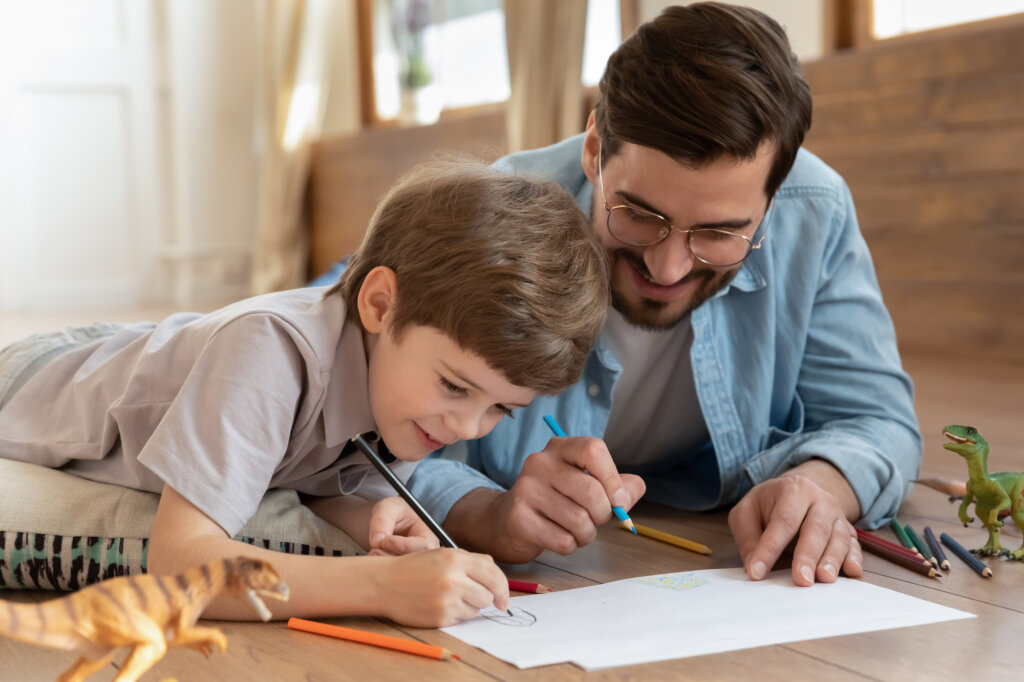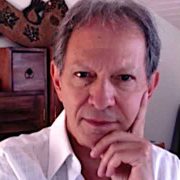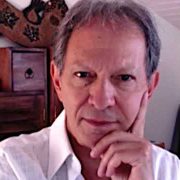Traditionally, raising and caring for children were seen as tasks that women carried out. However, today, increasingly more fathers are involved in the daily lives of their children. This is beneficial as fathers are one of the main attachment figures and are highly relevant in children’s psychological development. Moreover, their roles are somewhat different from those that mothers typically perform. In this respect, the father-child activation relationship was developed.
According to this paradigm, fathers play a crucial role in encouraging their children to open up to the world, explore, and defend themselves when necessary. In fact, their performances predict the degrees of anxiety in their children. They can even modulate their temperaments. Therefore, it’s useful to understand this really special bond and how it works.
The attachment bond: security and exploration
Within evolutionary and developmental psychology, one of the best-known theories is attachment theory. It was proposed by John Bowlby and Mary Ainsworth. According to these authors, during a child’s first months and years, parents interact with them in a way that creates a relationship that provides them with the confidence they need.
This link was studied in the well-known experiment, the strange situation. It investigated whether or not babies managed to create secure attachments.
However, when the researchers evaluated the situation between fathers and their children, the experiment was less explanatory than when it was conducted with mothers. This could be because, in reality, attachment has two basic components. But, in this instance, the researchers were only measuring one. These two components are security (support, attention, consolation) and activation (encouragement to explore and open up to the world).
Ideally, the attachment bond should provide the infant with both security and motivation to take the initiative, take risks, and face obstacles. According to the father-child activation relationship theory, fathers and mothers play different and complementary roles in this regard.
Fathers are primary activation figures but secondary in terms of attachment. The opposite occurs with mothers.
The father-child activation relationship
Based on this perspective, the role of the father is that of a catalyst and a bridge to the outside world. By engaging with and interacting with their children from an early age, they encourage them to open up to the world, explore, solve problems, and respond to the unexpected. This helps them develop relevant skills. As a rule, it occurs in the following ways:
- Fathers use more complex forms of language with their children. This encourages the use of a more varied vocabulary.
- Instead of solving problems for their children, fathers require resolution from them and encourage them to take the initiative.
- They play with their children in more active, aggressive, and unconventional ways. These physical games activate and excite minors. They also teach them to take risks and solve unforeseen problems.
- These modes of interaction are different from those that mothers typically use. They help children develop confidence in their own abilities in the face of threats and unfamiliar environments.
Researchers conducted a study similar to the strange situation to assess the arousal relationship. Called the risk situation, the procedure examined how the children responded to the presence of a stranger, to physical risk, and to the imposition of boundaries. The results were dependent on the degree to which the parents knew how to employ both supervision and discipline.
The findings demonstrated that the children who were adequately activated by their parents were confident, courageous, prudent, and obeyed when they were given orders or directives. In contrast, under-activated children tended to be passive and anxious, hardly explored at all, and always sought parental contact. On the other hand, overactive minors were reckless and crossed boundaries.

Final comments
The father-child activation relationship theory suggests that the involvement of fathers in their children’s upbringing right from the start is crucial for their good psychological development. Physical play, complex vocabulary, supervision, and discipline are essential to connect the child with the external world and give them the ability to function in it without difficulties.
Underarousal (usually associated with overprotectiveness) has been shown to be linked to childhood anxiety and other internalizing disorders. While overarousal could be associated with behavioral problems, aggressiveness, and other externalizing disorders. Therefore, it should be remembered that early bonding with children must include both security and attachment, as well as appropriate stimulation and activation.
The post The Father-Child Activation Relationship Theory appeared first on Exploring your mind.



















Comments